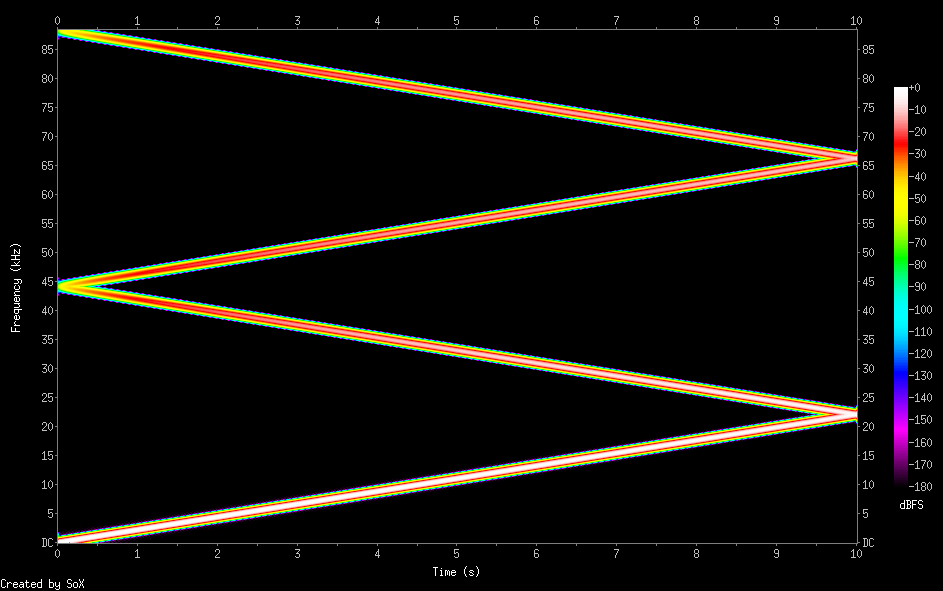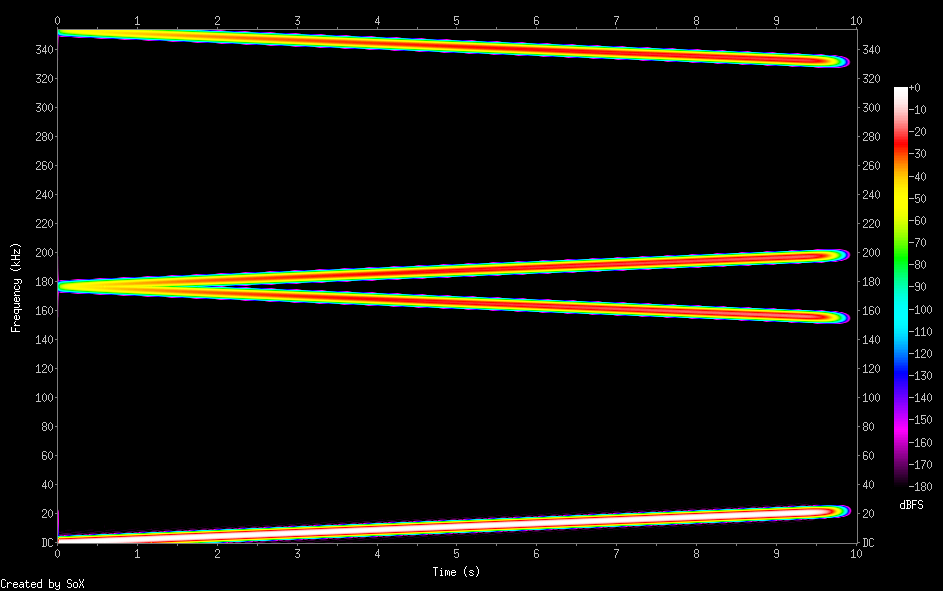I have a headless Roon server running on a potent little Windows 10 PC. I did an A/B test of Roon and HQPlayer, and I really couldn’t hear an appreciable difference. Unless there’s a setup option that changes everything, it seems like about the only thing HQPlayer adds are extra settings I probably should never mess with. Am I missing something like a configuration option that improves (not colors) the sound?
Well, it depends I think on your system, what you are trying to do with HQPlayer and foremost the DAC being fed by HQPlayer. HQPlayer allows you to up-sample and also adjust a ton of filter options. HQPlayer’s filter options do sound different. But, up-sampling alone can improve the output depending on the DAC you use for playback.
Some DACs function better at certain incoming resolutions and it is not necessarily the highest it can do. Additionally, by pre up-sampling to the best resolution, the DAC does not have to do it and you then avoid it’s filter scheme.
That is all just staying in the PCM world. If you want to do PCM or DSD up-sampling to high rate DSD that also, according to some, brings worlds of sonic betterment. Again, DAC and system dependent. @andybob can probably better explain the results he gets when using HQPlayer.
As Rugby says, it’s almost entirely DAC dependant. I use a Holo Audio Spring R2R DAC on the NOS setting which leaves all the digital processing in the server so the DAC just does digital to analog.
But I think your point is that there is little difference in your system between Roon’s DSP and HQPlayer ? If so, I’d agree. I wouldn’t back myself to pick the difference between Roon and HQPlayer when they are doing the same thing.
So why do I use HQPlayer ? Well I bought it before Roon did DSP. It has a greater variety of filters than Roon and I find myself liking the longer filters in HQP (xtr, ext and closed form).
This is helpful. I guess I need to think about whether to bother with upsampling. Obviously it cannot add bits that aren’t there. I’m ignorant about the use of filters, so I’ll have to look into that, too.
Upsampling adds bandwidth. I view it as adding more white space so filter design isn’t as constrained.
Digital to Analog conversion always requires one or more filters. The aim of computer based upsampling is to substitute better filters for those built into the DAC.
Digital filters can be either short in time or steep in frequency slope, but not both. They can also introduce “ringing” artefacts, both before and after a transient. The wide variety of available filters in HQPlayer fall at different places in this space. The HQPlayer Manual sets out relative differences.
I find the ‘sound’ of HQPembedded much more pleasing than Roon straight. I don’t upsample in either as my DAC does to 20x DSD.
HQPe sounds more fleshed out and smoother yet with more detail. Not bright or dark.
I’ll have to pore over the HQP manual to get versed in some of its detailed settings.
I find some of the HQPlayer PCM filters to be better than Ted’s filter so I certainly use them with my DirectStream.
Upsampling is same as oversampling, but used to emphasize DAC side process and that proper digital filters are used for it (which is not always the case for oversampling).
Oversampling itself is explained here:
Digitally sampled signal has spectrum that repeats itself at multiples of sampling rate, these are called images. Starting from band 0, every even spectrum is normal forward frequency content and every odd spectrum has inverse frequency content. To properly reconstruct analog signal, all those image bands need to be completely removed (filtered out), leaving only the 0 - base band. Without filters, 4x spectrum of 44.1k sampled 0 - 22.05 kHz sweep looks like this:
It is practically impossible to design analog reconstruction filter that would remove everyhing above 22.05 kHz and not screw up anything below 20 kHz. The needed transition band is only 2.05 kHz wide.
However, with a digital filter it is possible (this is poly-sinc-ext2 filter in HQPlayer), upsampling 4x to 176.4 kHz sampling rate:
If we then zoom out by 4x:
We can see that first image now starts at 176400 - 22050 = 154.35 kHz. Creating analog filter that will be able to remove content above 154.35 kHz and not screw up content below 20 kHz is a little bit easier. In practice it would be still far from perfect reconstruction, and that’s why we usually use much higher upsampling ratios (I just used this 4x as an example because the plots are more readable this way). But compared to first case without digital filters massively better and simpler for the analog filter.
DAC chips cost around 10€ per piece and contain a very small DSP - also because of very close proximity to sensitive analog parts. So they cut corners in many ways. In a computer you have a lot of inexpensive DSP power…
Jussi,
Thanks for the detailed response. It reinforces my need to read and understand the documentation before fiddling with any settings!
Phil
And after doing some post doctoral research in mathematical acoustic algorithmic equations you’ll probably be able to just about understand it ![]()
.sjb
Most of us read after we break something fiddling ! It’s part of the fun ![]()
It’s a great resource though. I still find new things every time I refer to it, that I may have missed initially or didn’t understand 2 years ago (and only partially understand now).
Hilarious… and true ![]()
After studying the documentation and experimenting with HQPlayer, I’ve concluded that it definitely provides some improvement on what’s built into Roon, but for me the results appear to be in the range of diminishing returns; that is, for the price (about $250 US), the improvement isn’t profound. It makes a difference, but from a price/performance point of view it seems tough for me to justify right now. On its own, Roon is pretty remarkable and, I think, quite suitable as an 80% solution. I’ll plan to pursue that extra 20% when my budget and time permit. Thanks to everyone who provided good advice and guidance!
Phil
Price wise, depends on how you look at it. If you compare either Roon or HQPlayer (or any other software player) to just about any hardware product, it is peanuts… And many times the differences are still couple of orders of magnitude bigger.
From your comment I infer that dedicating a relatively powerful computer with a multi-core CPU to the platform duties (which I have) will make a decent software player (Roon) excellent and an excellent one (HQPlayer) remarkable. I’ll anticipate the upgrade to remarkable as soon as budget permits! Many thanks.
Phil
I have a DirectStream Junior that also upsamples to 20X DSD. I have HQP Desktop (4) that I use with Roon. How do I set HQP to not upsample at all? I don’t see a specific “no upsampling” setting in settings.
Thanks
I don’t know the Desktop version, I use Embedded…setting filter and dither to ‘none’ is all it takes.
Cool, thanks. I’m sure its the same. Does it matter how the sample rate is set?
Leave it set to Auto
I don’t see “auto” in the sample rate drop down menu. Is it located somewhere else?
Also, what is the theoretical reason for sending music through HQP from Roon if HQP isn’t doing any upsampling?
Thanks


